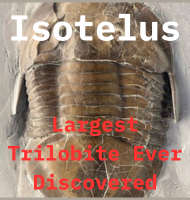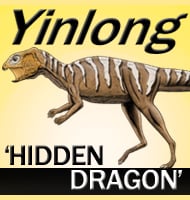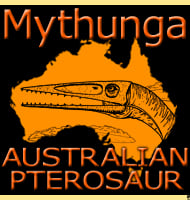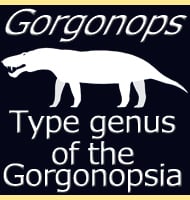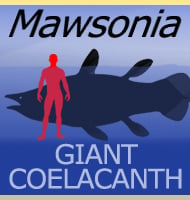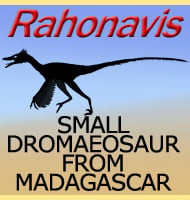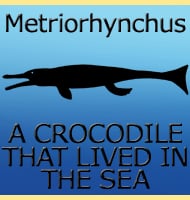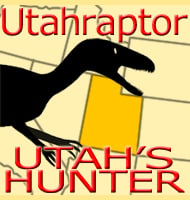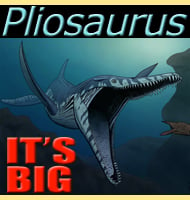In Depth
Adasaurus is a genus of dromaeosaurid dinosaur that lived in Asia during the Late Cretaceous. Like with its relatives, Adasaurus was a hunter of other animals, quite possibly including other dinosaurs. The primary killing weapons for Adasaurus would have been the two enlarged sickle claws on its feet, which may have been used to jab at prey. However, while enlarged, the sickle claws of Adasaurus seem to have been smaller than those of some relative dinosaur genera. Although not confirmed, because Adasaurus is a dromaeosaurid dinosaur, it is expected to have had at least some feathers present on the body in life.
Adasaurus was named after an evil spirit called Ada which appears in Mongolian mythology. The species name mongoliensis simply means ‘From Mongolia’. Adasaurus is one of many dinosaurs recovered from the world famous Nemegt Formation, which also holds other notable dinosaur genera such as Alioramus, Gallimimus, Avimimus, Therizinosaurus and Tarbosaurus amongst an ever increasing number of discovered dinosaurs.
Further Reading
Carnivorous dinosaurs from the Cretaceous of Mongolia. - Rinchen Barsbold - 1983. – Reexamination of Adasaurus mongoliensis (Dinosauria: Theropoda) from the Upper Cretaceous Nemegt Formation of Mongolia. – Journal of Vertebrate Paleontology. 26 (supp. 03): 88A. – K. Kubota & R. Barsbold – 2006.

